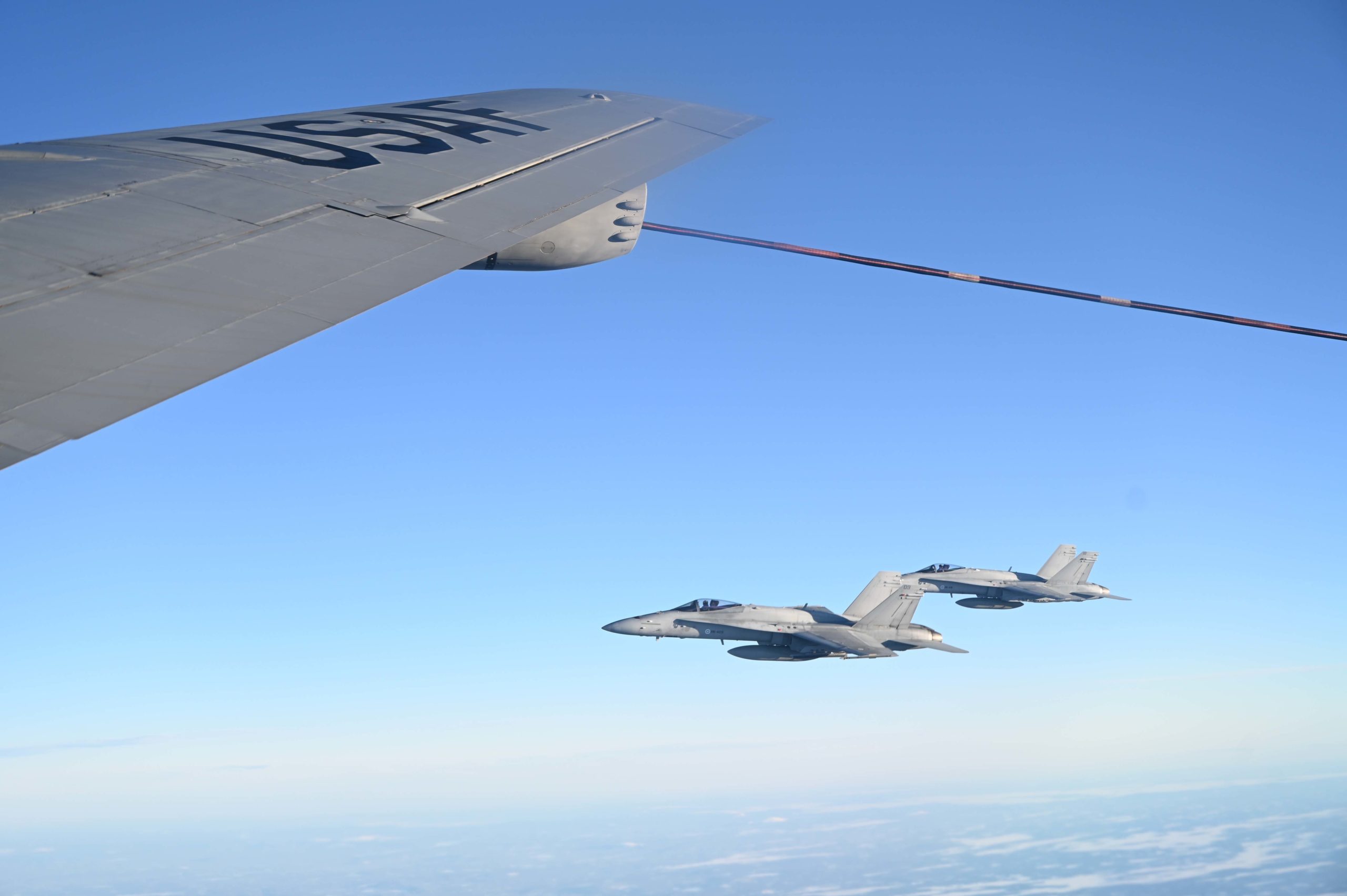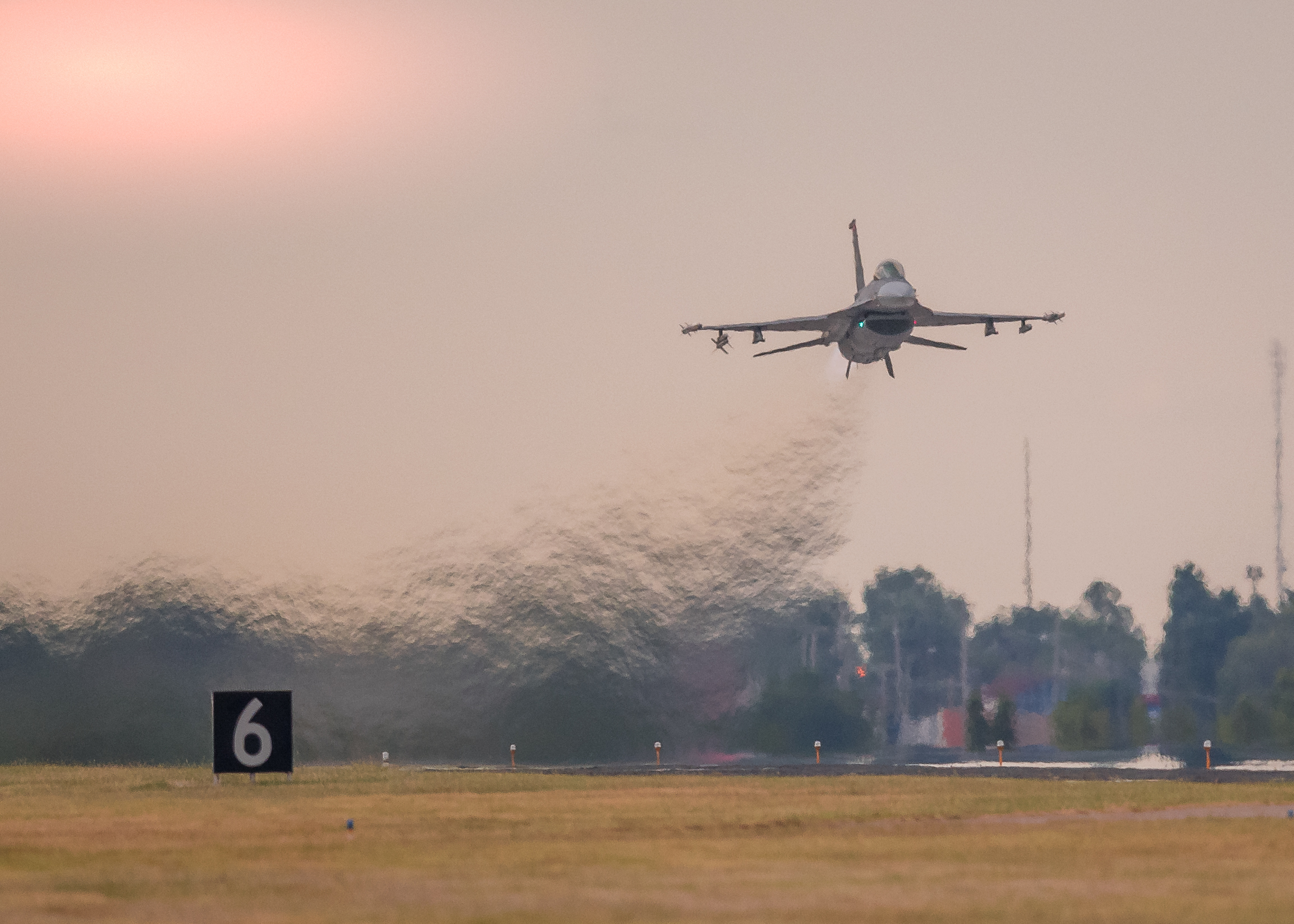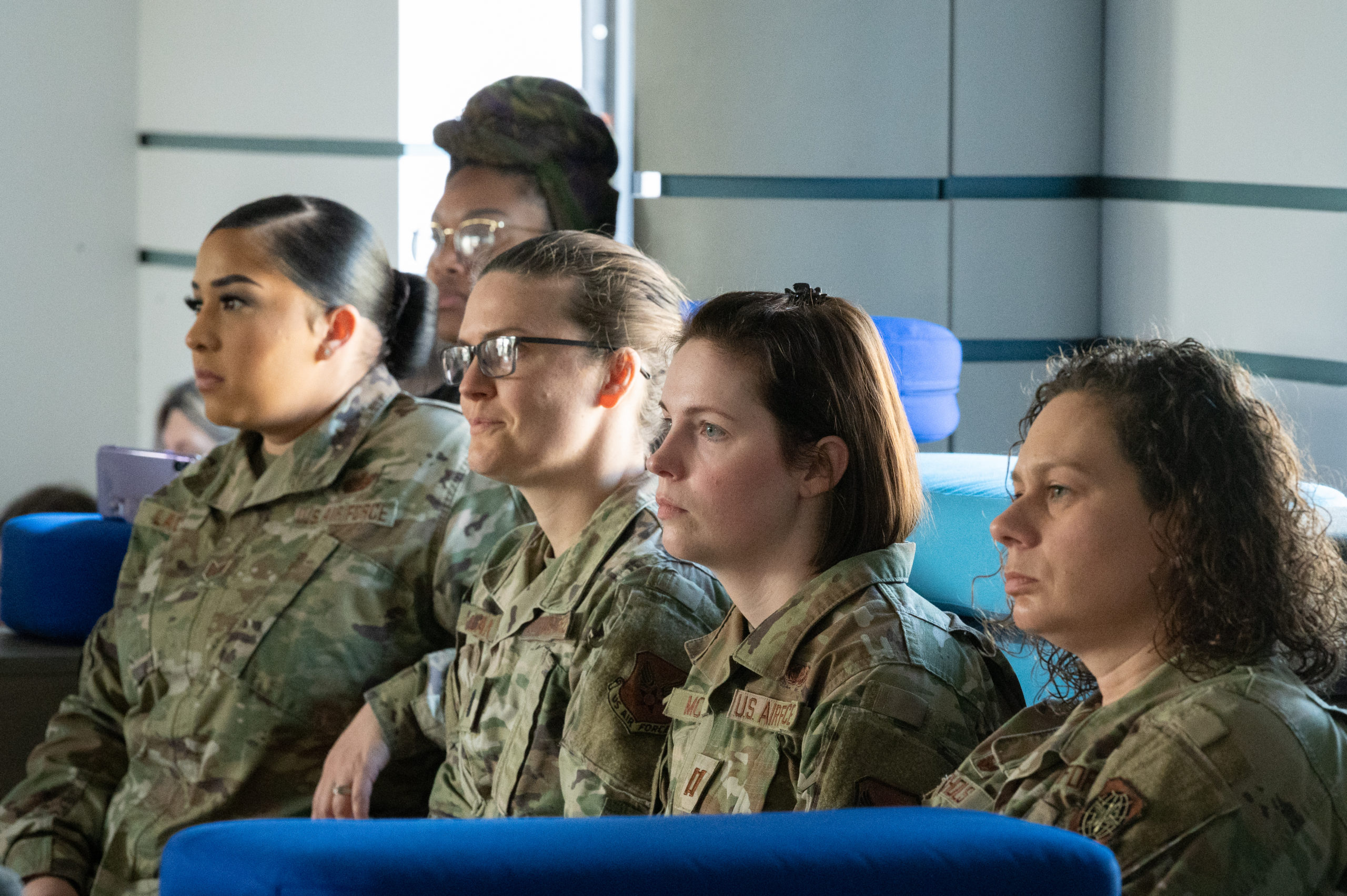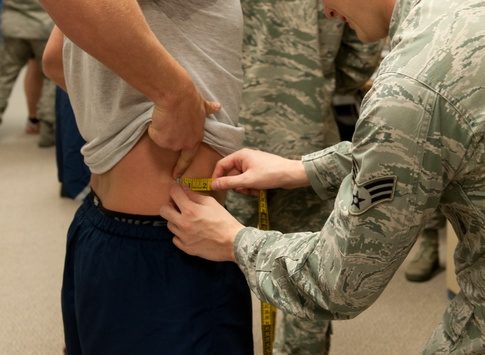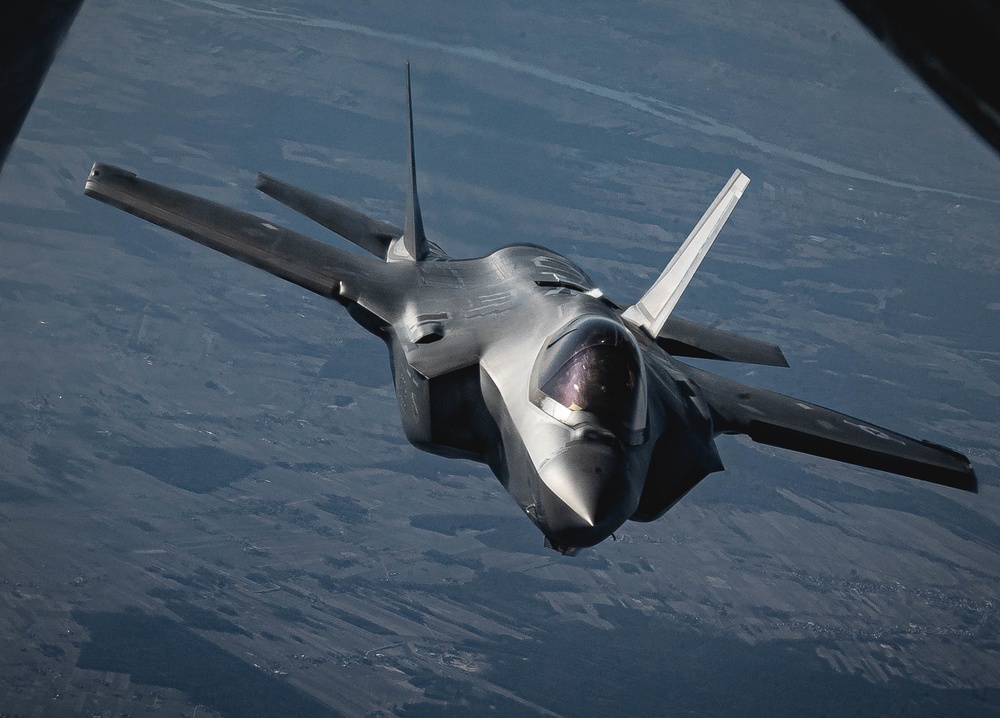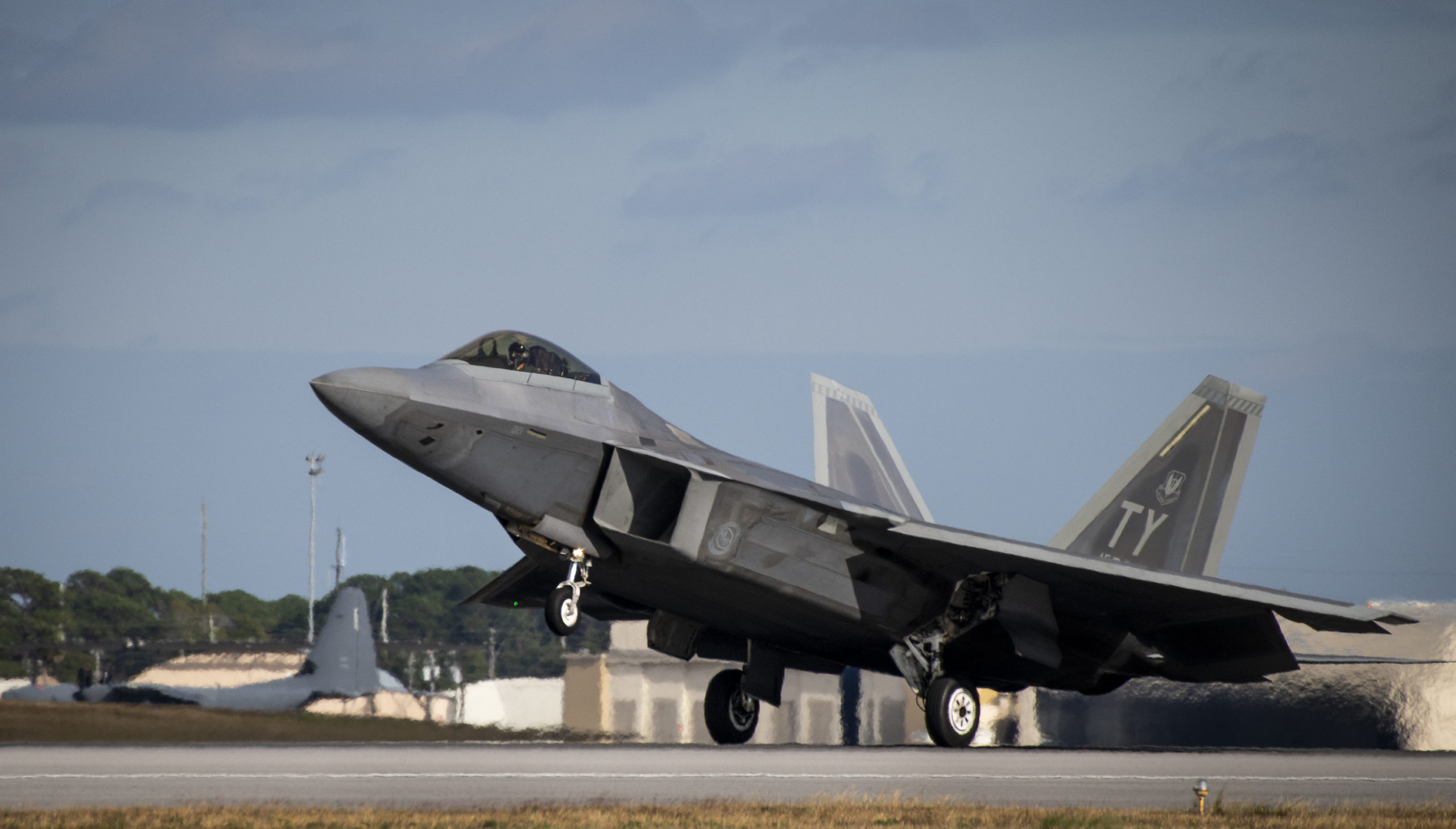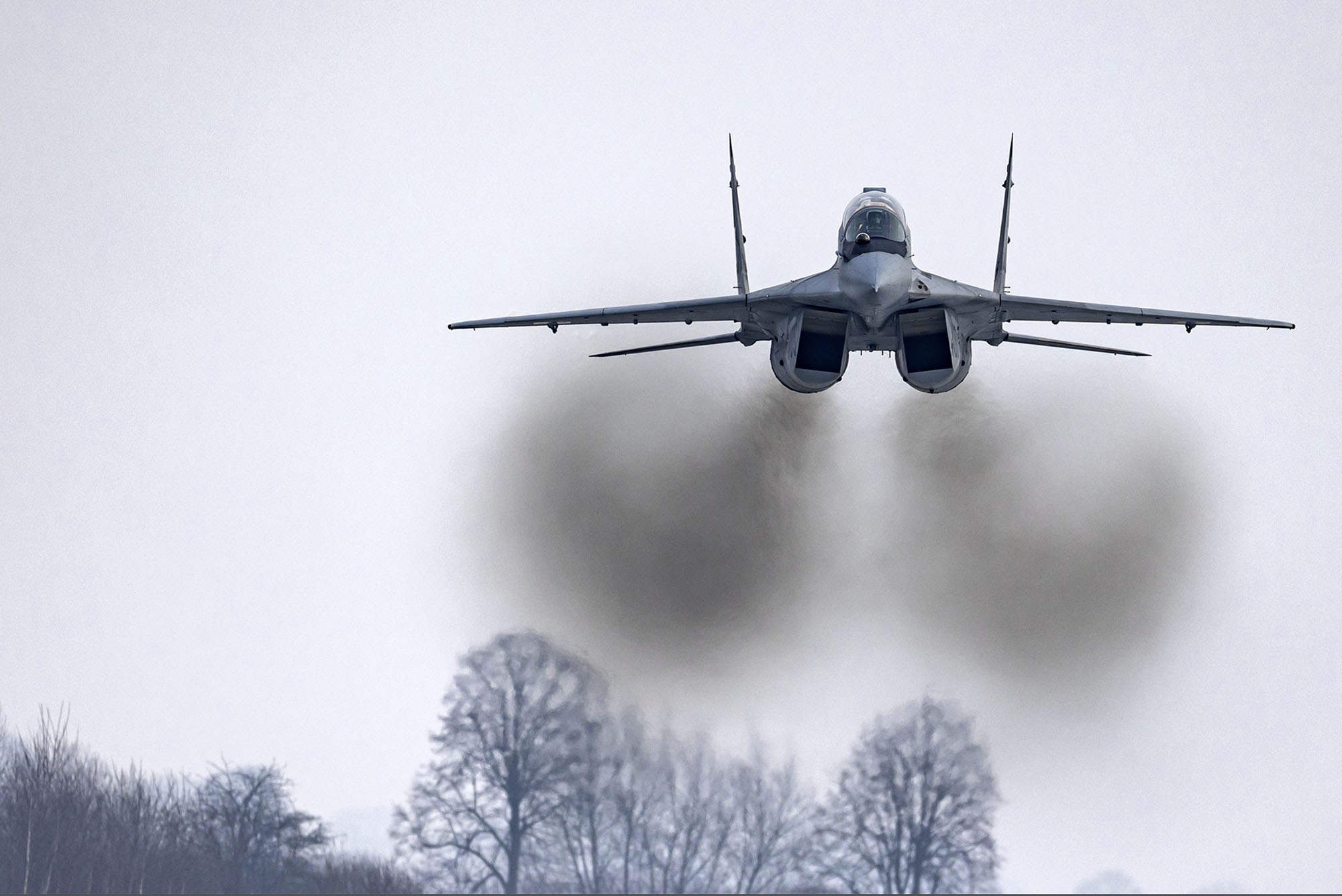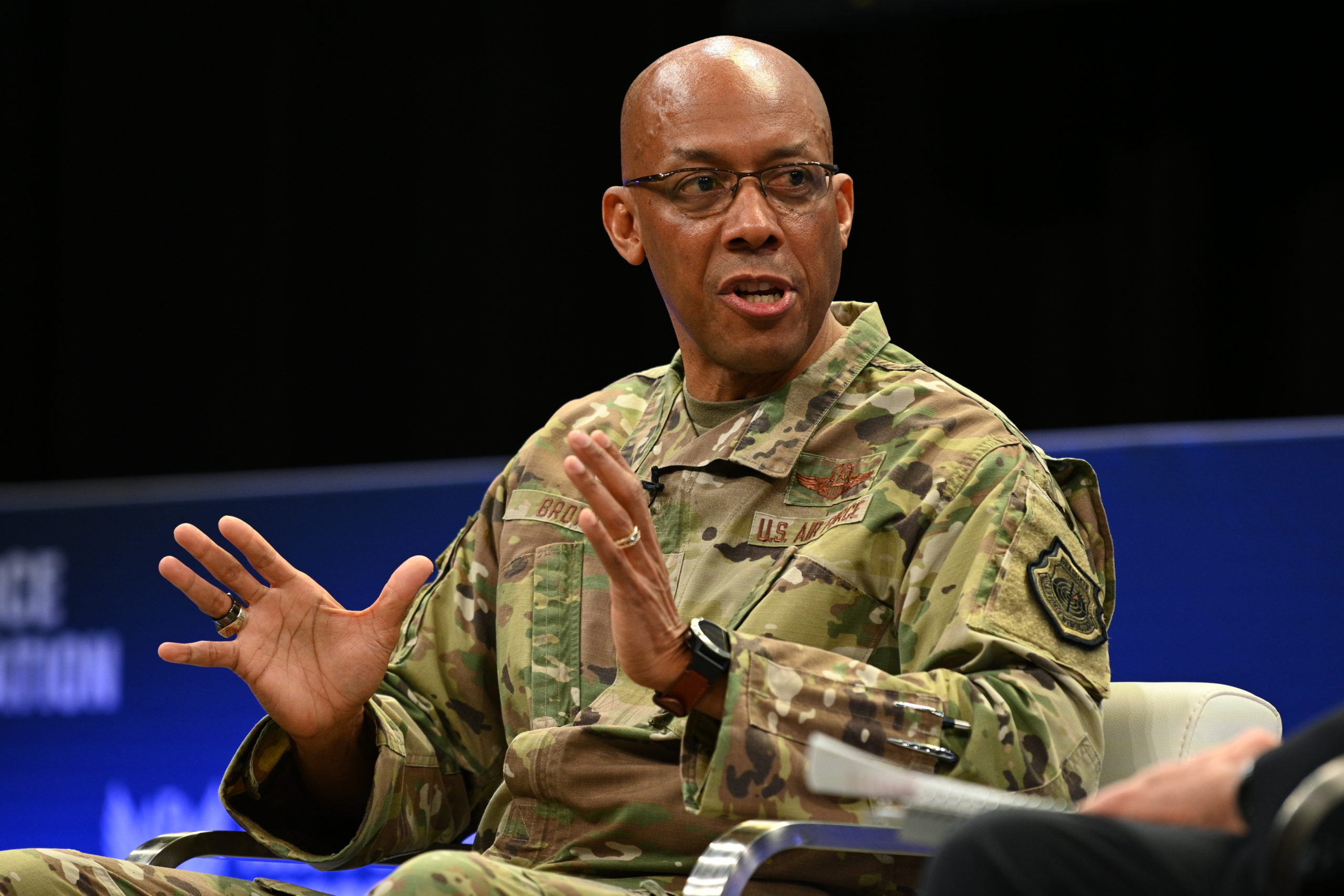In the Winter War of 1939, Joseph Stalin looked at Finland and thought he could roll over the country in a matter of days.
Instead, 105 hard-fought and costly winter fighting days between the Soviet Union and Finland passed from December 1939 to March 1940, when Stalin signed a peace deal after heavy losses of personnel and equipment. Finland lost territory but not its independence.
Finland was still recovering from multiple wars with the Soviet Union when the North Atlantic Treaty Organization formed in 1949. Its Nordic neighbor Norway became a founding member, but Finland chose instead to learn to live with Russia, with which it shares an 832-mile border.
Seven decades later, that may change.
Finland has withstood ever-present threats from Russia, investing in its military and building a capable Air Force to protect a dispersed population on territory that spans from the Baltics to the Arctic Sea. In recent years, Finland has grown closer to NATO as an Enhanced Opportunity Partner while retaining its independence. That independence keeps Finland outside of NATO’s Article 5 clause, which guarantees protection of all 30 allies.
Russia’s invasion of Ukraine reversed national policies across the continent.
Germany and once-neutral Sweden now provide lethal assistance to Ukraine. And staunchly independent Finland now favors joining NATO for the first time in its history, according to the national Yle poll.
Finland is accustomed to threats from the Russian Federation, but providing military assistance to Ukraine during an active conflict created new risks.
“Finland’s decision-making context is more challenging than most of the countries in Europe because we are living next to Russia,” Finnish air and defense attaché Col. Petteri Seppala told Air Force Magazine in an interview at the Embassy of Finland in Washington, D.C.
“We are not part of NATO. We are not part of Article 5. We don’t live under NATO’s nuclear umbrella,” said Seppala. As a member of the military, Seppala said he does not take a position on whether Finland should join NATO, noting that’s a political decision.
The Finnish airman, a Saab 35 Draken and F-18 pilot, explained that Finland’s geostrategic position next to Russia informs every assessment about its security environment.

Finland also has deep experience defending against hybrid threats from Russia, including misinformation and information operations. A highly educated society and a comprehensive defense approach that draws on all sectors have also helped Finland stand up to Russian intimidation.
“That’s a good combination of countering the Russian hybrid warfare,” Seppala said.
“Our defense capabilities are credible. The people in Finland, they think that it’s credible, and people in Russia, they think that it’s credible,” he added. “It tells something about the Finnish spirit. We call it ‘sisu,’ which means that you don’t give up. And we don’t give up.”
NATO Support Grows
Finnish support for joining NATO has traditionally been in the range of 20 percent to 25 percent, but as Russia built up its forces on Ukraine’s border, public support for joining NATO surpassed half the population in February and then hit an all-time high of 62 percent in a March survey.
The Yle poll suggests that if Sweden were to apply for NATO membership, Finnish public support would rise to 77 percent, and if Finland’s political leadership threw their support behind NATO entry, Fins would favor it at a rate of 74 percent.
“We are living in a totally different kind of times. We have never seen anything like this in Finland people,” Seppala said.
Seppala said ever since Finland joined the European Union in 1995, it has sought to adopt a standardized Western military system. That meant utilizing NATO interoperable hardware and tactics, techniques, and procedures (TTP). The decision has made Finland fully interoperable with alliance partners, a skill it hones with regular exercises with NATO partners.
Finland’s ties to NATO have extended to its support for Ukraine.
Since Russia invaded and annexed Crimea in 2014, Finland has provided economic, military, and non-military assistance to Ukraine.
While Finland’s decision was tough as a non-NATO member, the implications for allowing Russian aggression are real.
“There are scenarios that for us they won’t stop in Ukraine,” Seppala said of Russian President Vladimir Putin’s broader goals.
“They will continue to some other places like Georgia, some people say Finland, because we are not part of NATO, there is no Article 5,” he said. Seppala said that while a Russian attack on Finland is unlikely, retaliatory hybrid attacks are now happening and may increase.
Finland has weaned itself off energy dependence on Russia, recently activating a nuclear reactor in order to provide a vital energy source should Russia cut off exports. The Finnish government is likewise analyzing how it can completely do away with Russian oil and gas.
The Ukraine crisis has even prompted Finland to take additional integration steps with NATO that it has not before taken, utilizing new information and intelligence-sharing channels.
“You can’t get any closer to NATO not being a member,” said Seppala.
Finland passed up on earlier opportunities to join NATO when the Baltic states and former Warsaw Pact countries began to enter after the fall of the Berlin Wall.
“We believe that we had really good, credible homeland defense capabilities. We had deterrence, even without the alliance,” explained Seppala of thinking in the years after the dissolution of the Soviet Union. “The world order is under a permanent and huge change of the times now.”
The modern context will prompt Finland’s political leaders to take a deep look at the nation’s security situation and ask important questions.
“What are the right relationships, alliances, and partnerships that are actually useful in the new world order?” Seppala posed. “And that’s what Finland also has to do.”
